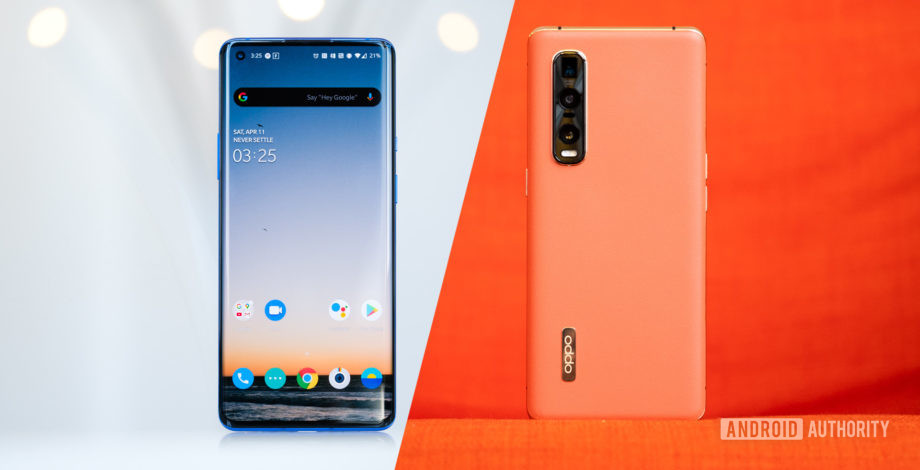
Credit: David Imel / Android Authority
Opinion post by
David Imel
There’s a half-joke, half-truth in the smartphone community that every major Oppo phone is a blueprint for the next OnePlus flagship. I say half-truth because while the designs of each company’s flagships aren’t often 1:1, Oppo and OnePlus clearly share components and a supply chain. Their phones will often sport the same screen, same cameras, and ultimately, the same design ethos. This is due to both companies being connected to BBK Electronics, as much as neither company would like to admit it.
So when I reviewed the Oppo Find X2 Pro, I immediately got excited for the OnePlus 8 Pro. The Find X2 Pro had one of the best displays I’d ever used on a smartphone, wicked fast 65W charging, a fantastic custom Sony camera sensor, and even a prism optical telephoto camera. Combined with the beautiful orange vegan leather back, the Find X2 Pro quickly became one of my favorite devices of the year.
But then the OnePlus 8 Pro launched, and while it is a great device in its own right, I couldn’t help but feel a little let down.
Screen serenity
The Oppo Find X2 Pro and OnePlus 8 Pro technically use the same display. They use the same panel, at the same resolution, with the same punch-hole cutout for the selfie camera, and the same 120Hz refresh rate. So naturally, you would think they would be the same quality. Unfortunately, that’s not quite the case.
Oppo spent a huge amount of time and research calibrating the display for the Find X2 Pro. It was a big focus for the device, apparent ever since I visited the company for its Innovation Day in Shenzhen late last year. In some closed-door discussions, Oppo showed off a huge pool of user data suggesting display quality is one of the top priorities for most consumers choosing a smartphone. While this data took me by surprise, my consistent appreciation for the color tuning on the Find X2 Pro has helped me come to terms with the results of the study.
Unfortunat

